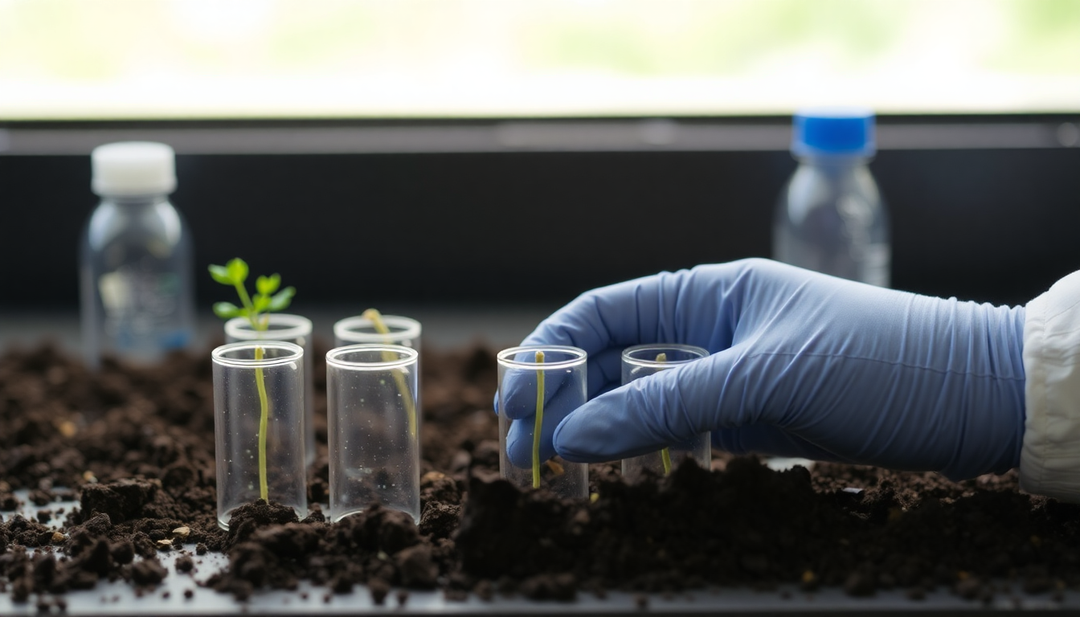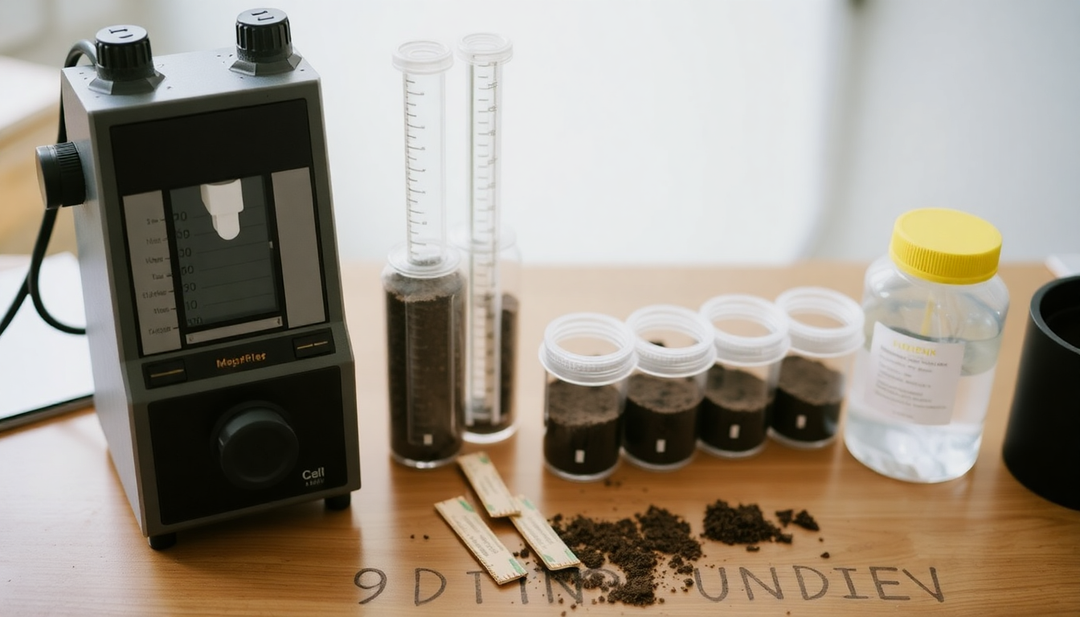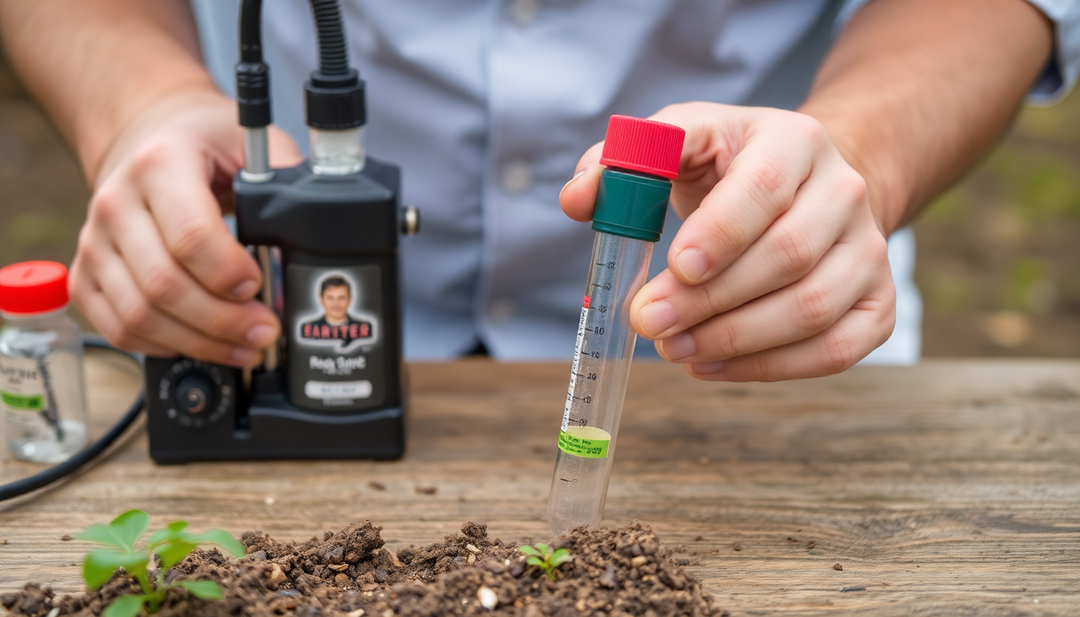What types of plants should I grow depending on my soil?
What types of plants should I grow depending on my soil?
Choosing the right types of plants for your garden is essential for a bountiful harvest and vibrant blooms. But did you know that the success of your garden depends largely on the nature of your soil? Understanding your soil's composition will allow you to select the species that will thrive best, avoiding disappointment and wasted time.
Before you start choosing your plants, it's crucial to analyze your soil. Several criteria should be taken into account:
1. Soil textures for what types of plants
Soil texture describes the proportion of sand, silt, and clay it contains. This proportion directly influences drainage, water retention, and soil fertility.
- Sandy Soil: Drains quickly, is low in nutrients, and warms up quickly in spring. Ideal for plants that thrive on drought and well-drained soil, such as lavender, rosemary, tomatoes, zucchini, and cacti.
- Loamy soil: Ideal texture, rich in nutrients, retains water well. Suitable for a wide variety of plants, vegetables, and flowers.
- Clay soil: Retains a lot of water, can be compacted, and difficult to work. Moisture-loving plants like hostas, ferns, and some vegetables like cabbages and leeks will thrive here. However, good drainage is important to prevent root rot.
Thanks to the agronomic analysis of your soil , it is possible to know the texture of your soil, as well as more than 15 other parameters. However, the complete analysis of the soil allows to integrate the agronomic parameters as well as to qualify the possible presence of pollutants in your soil.
2. Soil pH
pH indicates the acidity or alkalinity of your soil. It is measured on a scale of 0 to 14, with 7 being neutral. It's worth noting that some plants prefer acidic soil, while others prefer alkaline soil. Additionally, a soil pH test is easily performed at a garden center or by yourself using a commercially available kit.
- Acidic soil (pH less than 7): Promotes the growth of plants such as azaleas, rhododendrons, blueberries and camellias.
- Neutral soil (pH around 7): Suitable for most plants.
- Alkaline soil (pH above 7): Plants tolerant of high pH: lavender, sage, some roses.
3. Soil fertility
Soil fertility depends on its richness in nutrients essential for plant growth (nitrogen, phosphorus, potassium). Therefore, poor soil will require regular additions of organic or mineral fertilizers. For example, a soil test can determine which nutrients are lacking.
4. Exposure to the sun
The amount of sunlight in your garden will greatly influence your choice of plants. Some need full sun, while others prefer shade or partial shade.
- Full sun: Tomatoes, peppers, basil, lavender.
- Partial shade: Hostas, ferns, impatiens.
- Shade: Hostas, ferns, some varieties of begonias.
In conclusion
By analyzing your soil's texture, pH, fertility, and sun exposure, you'll be able to choose the most suitable plant types and maximize your chances of success in your garden. So, don't hesitate to contact your local nursery; they'll be able to advise you best based on the specifics of your region and your terrain.
Keywords: soil type, plant selection, gardening, gardening tips, clay soil, sandy soil, loamy soil, soil pH, soil fertility, sun exposure, plants for dry soil, plants for wet soil.



